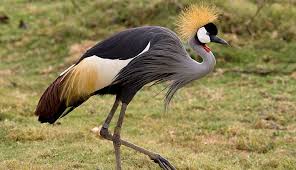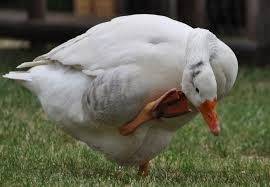Se-tenant: Afghan birds (Afghanistan 1974)
Afghan birds (Afghanistan 1974)
06 August (Afghanistan ) within release Afghan birds goes into circulation Se-tenant Afghan birds face value 18 Afghan afghani
| Se-tenant Afghan birds in catalogues | |
|---|---|
| Michel: | Mi: AF 1160-1162 |
| Stamp Number: | Sn: AF 906a |
Se-tenant is square format.
Also in the issue Afghan birds:
- Stamp - Lesser Spotted Eagle (Aquila pomarina) face value 1;
- Stamp - Greater White-fronted Goose (Anser albifrons), Greylag Goose face value 6;
- Stamp - Eurasian Coot (Fulica atra), Gray Crane (Grus grus) face value 11;
- Se-tenant - Afghan birds face value 18;
Se-tenant Afghan birds it reflects the thematic directions:
Animals are multicellular, eukaryotic organisms of the kingdom Animalia (also called Metazoa). All animals are motile, meaning they can move spontaneously and independently, at some point in their lives. Their body plan eventually becomes fixed as they develop, although some undergo a process of metamorphosis later on in their lives. All animals are heterotrophs: they must ingest other organisms or their products for sustenance.
Birds (Aves), a subgroup of Reptiles, are the last living examples of Dinosaurs. They are a group of endothermic vertebrates, characterised by feathers, toothless beaked jaws, the laying of hard-shelled eggs, a high metabolic rate, a four-chambered heart, and a strong yet lightweight skeleton. Birds live worldwide and range in size from the 5 cm (2 in) bee hummingbird to the 2.75 m (9 ft) ostrich. They rank as the class of tetrapods with the most living species, at approximately ten thousand, with more than half of these being passerines, sometimes known as perching birds. Birds are the closest living relatives of crocodilians.
Birds of prey or predatory birds, also known as raptors, are hypercarnivorous bird species that actively hunt and feed on other vertebrates (mainly mammals, reptiles and smaller birds). In addition to speed and strength, these predators have keen eyesight for detecting prey from a distance or during flight, strong feet with sharp talons for grasping or killing prey, and powerful, curved beaks for tearing off flesh. Although predatory birds primarily hunt live prey, many species (such as fish eagles, vultures and condors) also scavenge and eat carrion
Cranes are a type of large bird with long legs and necks in the biological family Gruidae of the order Gruiformes. The family has 15 species placed in four genera which are Antigone, Balearica, Leucogeranus, and Grus. They are large birds with long necks and legs, a tapering form, and long secondary feathers on the wing that project over the tail. Most species have muted gray or white plumages, marked with black, and red bare patches on the face, but the crowned cranes of the genus Balearica have vibrantly-coloured wings and golden "crowns" of feathers. Cranes fly with their necks extended outwards instead of bent into an S-shape and their long legs outstretched.
Eagle is the common name for the golden eagle, bald eagle, and other birds of prey in the family Accipitridae. Eagles belong to several groups of genera, some of which are closely related. True eagles comprise the genus Aquila. Most of the 68 species of eagles are from Eurasia and Africa. Outside this area, just 14 species can be found—two in North America, nine in Central and South America, and three in Australia.
A goose (pl.: geese) is a bird of any of several waterfowl species in the family Anatidae. This group comprises the genera Anser (grey geese and white geese) and Branta (black geese). Some members of the Tadorninae subfamily (e.g., Egyptian goose, Orinoco goose) are commonly called geese, but are not considered "True Geese" taxonomically. More distantly related members of the family Anatidae are swans, most of which are larger than true geese, and ducks, which are smaller.






